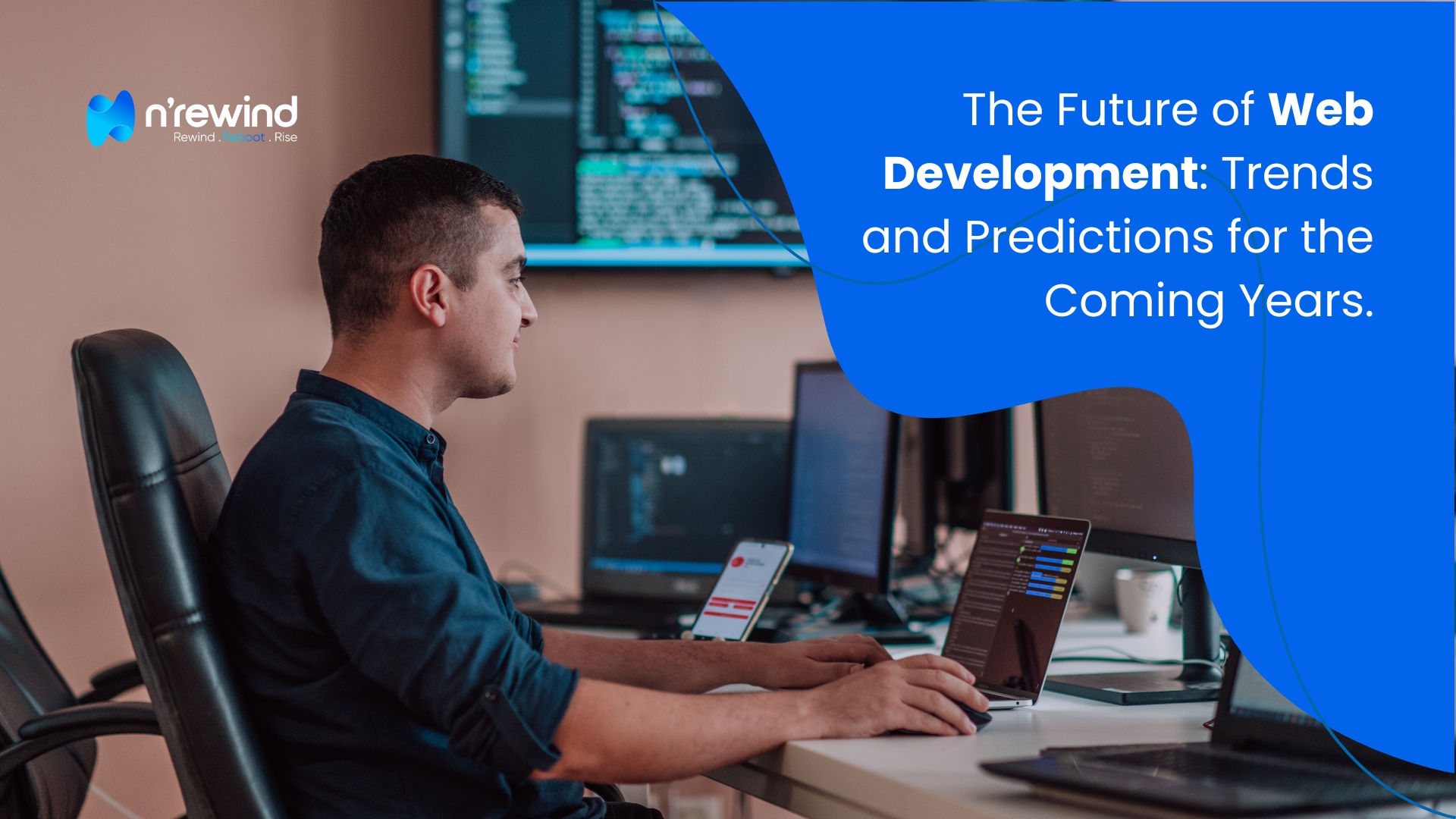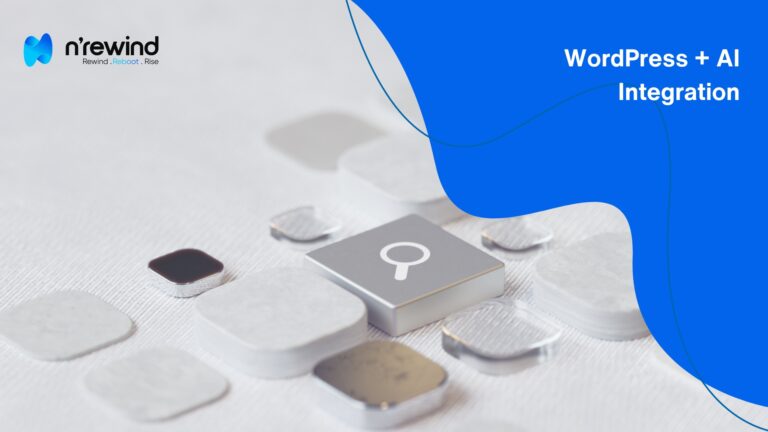As technology evolves at an unprecedented pace, web development continues to transform, paving the way for innovative user experiences and groundbreaking designs. The coming years promise an exciting blend of emerging trends and advanced tools that will redefine how we approach web development. Let’s dive into the future of web development and explore the trends poised to shape the digital landscape.
Progressive Web Apps (PWAs) Revolutionize User Engagement
Progressive Web Apps (PWAs) are changing the game by combining the best features of web and mobile applications. They offer lightning-fast load times, offline functionality, and app-like experiences without requiring downloads from app stores. Businesses will increasingly leverage PWAs to boost engagement, improve SEO rankings, and offer seamless cross-platform experiences.
AI-Driven Development Takes Center Stage
Artificial Intelligence (AI) is not just a buzzword—it’s becoming a cornerstone of modern web development. From chatbots and virtual assistants to AI-generated content and personalized user experiences, AI tools will empower developers to build smarter, more intuitive websites. Expect AI-powered analytics to provide insights that shape user-centric designs and decision-making.
Voice Search Optimization Becomes Crucial
With the rise of smart speakers and voice-activated devices, optimizing websites for voice search is no longer optional. Developers will need to focus on natural language processing (NLP) and schema markup to ensure websites are voice-search friendly. Conversational interfaces and voice-activated navigation will also become integral to user experience design.
Low-Code and No-Code Platforms Empower Non-Developers
Low-code and no-code platforms are democratizing web development by enabling non-developers to create functional and visually appealing websites. These tools are perfect for startups and small businesses looking to save time and resources while maintaining quality. The rise of such platforms will lead to increased competition, pushing developers to focus on more complex and customized projects.
The Era of 3D and Immersive Experiences
As virtual and augmented reality technologies mature, 3D elements and immersive experiences are becoming increasingly popular in web design. From interactive product visualizations to virtual showrooms, these features are enhancing user engagement and creating memorable online experiences. Developers will need to master WebXR and WebGL to stay ahead in this trend.
Cybersecurity Takes a Front Seat
With cyber threats growing in sophistication, security will remain a top priority in web development. Expect to see more widespread adoption of technologies like HTTPS, advanced encryption protocols, and multi-factor authentication (MFA). Developers will also focus on building more secure APIs and implementing regular vulnerability assessments to protect user data.
Sustainability in Web Development
Sustainable web design is gaining traction as organizations prioritize eco-friendly practices. Developers will aim to create energy-efficient websites by optimizing code, minimizing server requests, and utilizing green hosting solutions. This trend reflects a broader movement toward sustainability in tech and appeals to environmentally conscious users.
The Rise of Micro-Frontends
Micro-frontends allow developers to break down web applications into smaller, manageable components, streamlining the development process. This approach enhances scalability, reduces development time, and allows teams to work on different parts of an application simultaneously. Expect micro-frontends to play a pivotal role in building complex web applications.
Advanced Motion UI for Dynamic Experiences
Motion UI is evolving to become more sophisticated and interactive. From animated transitions to engaging micro-interactions, dynamic visuals will captivate users and keep them engaged. Developers will increasingly use libraries like Framer Motion and GSAP to craft visually stunning experiences.
API-First Development Gains Momentum
API-first development prioritizes designing robust and scalable APIs before building user interfaces. This approach ensures seamless integration with third-party tools and future-proofing applications. With the growing adoption of headless CMS and IoT devices, API-first strategies will become standard practice in web development.
Edge Computing Enhances Performance
Edge computing, which processes data closer to the end-user rather than relying on centralized servers, is set to revolutionize web performance. By reducing latency and improving load times, edge computing ensures faster, more reliable user experiences. Developers will need to adapt to this decentralized approach to stay competitive.
Inclusive Design and Accessibility Remain Paramount
The emphasis on inclusivity and accessibility will continue to grow, with developers focusing on creating websites that cater to diverse audiences. Features like screen reader compatibility, keyboard navigation, and adaptable color schemes will become standard. Accessibility will not just be a legal requirement but a moral imperative.
Final Thoughts
The future of Website Development is as dynamic as it is promising. From cutting-edge technologies like AI and edge computing to a renewed focus on sustainability and accessibility, developers have an exciting road ahead. Staying informed about these trends and adopting them proactively will be key to thriving in this ever-evolving field. Whether you’re a seasoned developer or a business owner, embracing these changes will ensure your web presence remains relevant and impactful in the years to come.
"The digital frontier is constantly evolving, and the future of web development is where innovation meets creativity, shaping experiences that redefine possibilities."




